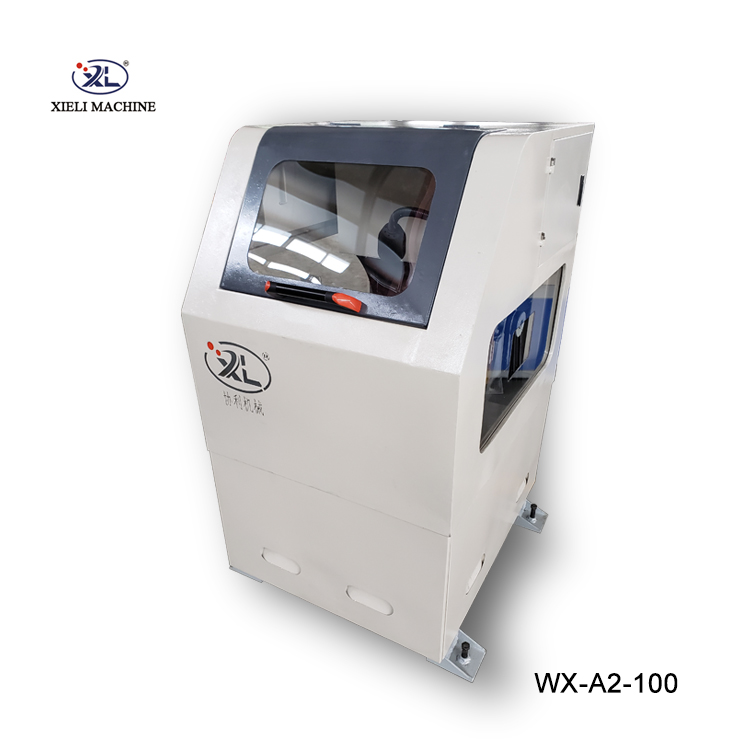The Evolution and Significance of Tube Grinding Machines in Modern Manufacturing
In the landscape of modern manufacturing, precision and efficiency have become paramount for businesses striving to maintain competitive edges. Among the myriad of specialized machines designed to enhance productivity, tube grinding machines stand out as critical equipment for shaping, finishing, and processing tubular materials. These machines are engineered to carry out complex grinding operations with precision, making them invaluable in various industries, including automotive, aerospace, and construction.
Understanding Tube Grinding Machines
Tube grinding machines are designed specifically for grinding the exterior or interior surfaces of cylindrical tubes. They work by employing rotating grinding wheels to remove material from the tube surface, achieving desired dimensions, finishes, and tolerances. The process can be applied to various materials, including metals, plastics, and composites, catering to diverse manufacturing needs.
These machines can accommodate different tube shapes and sizes, ensuring versatility for manufacturers. Common applications of tube grinding machinery include deburring, polishing, and finishing, which is essential for parts that require precise tolerances or specific surface finishes. The choice of grinding wheels, along with meticulous settings, allows for adjustments in the grinding depth, speed, and angle, maximizing efficiency while maintaining quality.
Types of Tube Grinding Machines
Tube grinding machines come in several configurations, each tailored for specific applications. The most common types include
1. Cylindrical Grinding Machines These machines are used for external surface grinding of cylindrical parts. They are suitable for long and heavy tubes and often feature multiple grinding wheels to enhance productivity.
2. Internal Grinding Machines Designed to grind the interior of tubes, these machines can achieve high levels of accuracy and finish on internal surfaces, which are often critical for fitting and sealing applications.
3. Centerless Grinding Machines This type of machine operates without the use of centers for holding the workpiece. Instead, tube grinding is accomplished by feeding the tubes between the grinding wheel and a regulating wheel, allowing for continuous operation without stopping.
4. Vertical Grinding Machines Offering a unique approach, vertical grinders are particularly useful for large and heavy tubes that require vertical handling. This design enhances accessibility and ease of operation for operators.
tube grinding machine products

The Benefits of Using Tube Grinding Machines
The integration of tube grinding machines in manufacturing processes presents numerous advantages
1. Increased Precision The automated nature of tube grinding machines ensures that dimensions and finishes adhere to strict tolerances, reducing the likelihood of human error.
2. Enhanced Efficiency With high-speed operation capabilities, these machines can carry out grinding tasks faster than traditional methods, thus speeding up production timelines.
3. Cost-Effectiveness By minimizing material waste and reducing operational costs through automation, tube grinding machines contribute to overall cost savings in manufacturing.
4. Versatile Applications The adaptability of tube grinding machines allows them to be used across various industries, accommodating a wide range of material types and processing needs.
5. Improved Safety Modern tube grinding machines are equipped with safety features to protect operators, making the workplace safer and reducing the risk of accidents.
Conclusion
As we look towards the future of manufacturing, the importance of tube grinding machines is more evident than ever. With advancements in technology, these machines have evolved to incorporate cutting-edge features that enhance precision, efficiency, and safety. As different industries continue to demand higher-quality finished products with stringent tolerances, mastering the capabilities of tube grinding machines will be crucial for manufacturers aiming to remain competitive in an ever-evolving market.
Investing in state-of-the-art tube grinding machines not only streamlines production processes but also opens up new avenues for innovation and growth. With the right machinery, businesses can take advantage of the growing demand for customized and precision-engineered components, ensuring a bright future in the complex landscape of modern manufacturing.









